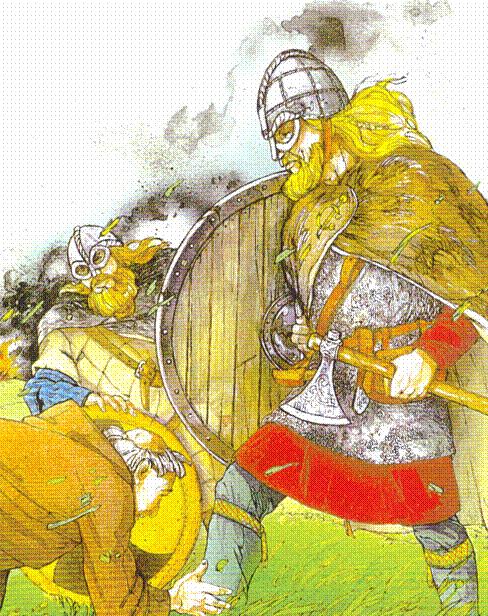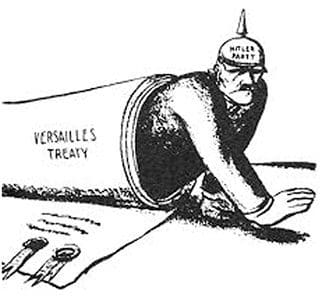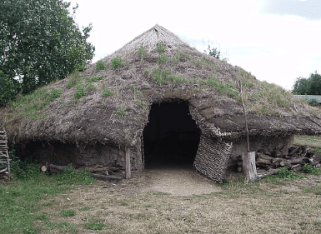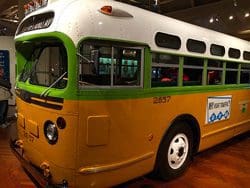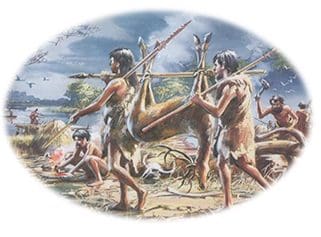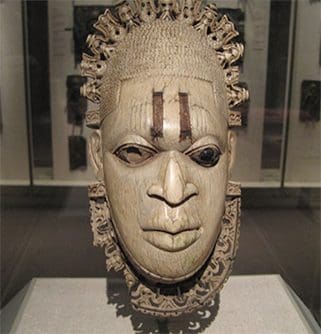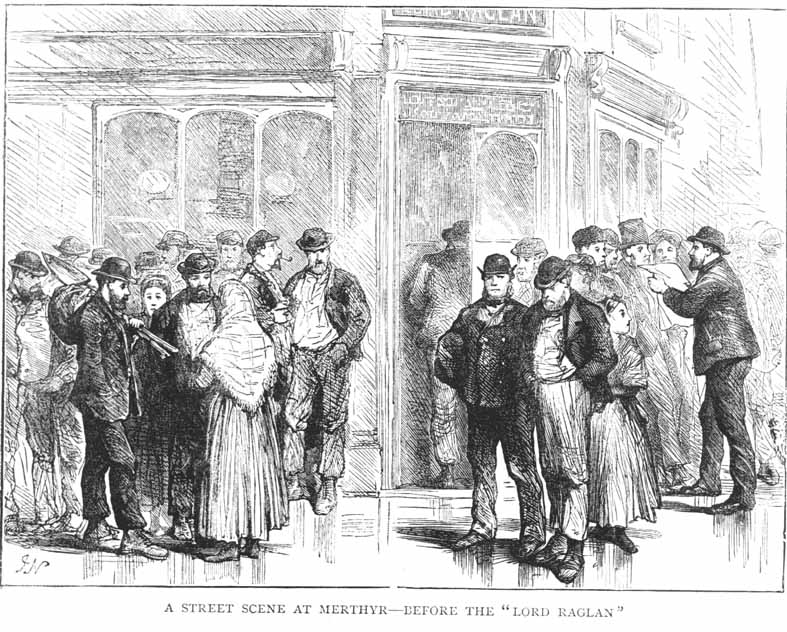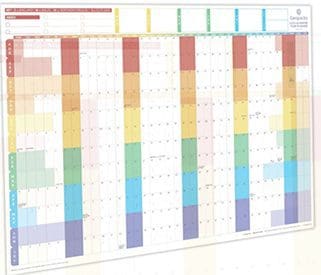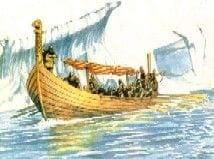
The National Curriculum has afforded separate status for individual units of work on the Anglo-Saxons and Vikings. Whilst this may be applauded in some circles, it has increased the amount of pre-1066 history to be learned, at the expense of more recent history. So we need to be mindful of this. As the history of the Anglo-Saxons is so intertwined with that of the Vikings, I think there is a good case to be made for creating a combined unit, hence the reason for placing the Anglo-Saxons and Vikings together in this category. Although I have created separate medium-term plans for both, some lessons are common to avoid duplication. It should be clear from the lesson titles which key question they cover. As always when tackling history units you will need to consider pupils’ conceptual understanding as well as knowledge of the past. You should see how the phrasing of each key question addresses specific skills and concept e.g. causation, interpretation, change and continuity.
Outstanding KS2 Lessons/Smart Tasks
Anglo Saxons and Vikings
Push or Pull? What were the real reasons why the Saxons invaded? Key Question 1 part a A fun thinking skills activity in which pupils infer from visual clues before moving on to analyse a range of influence cards and evaluate a video before coming up with their own explanation.
How do we know where the Saxons settled? Key Question 1 part b Literally bells and whistles: testing a simple hypothesis about where the early Anglo-Saxons lived and how we know.
What does the mystery of the empty Saxon grave tell us about Saxon Britain? Key Question 2 Pupils are put in the role of detectives to investigate the Sutton Hoo bodiless ship burial. Having looked at the clues they then use their deductive power to work out which of 4 suspects is most likely to have been the owner.
How did people’s lives change when Christianity came to Britain and how can we be sure? Key Question 3 A series of smart tasks, rather than a full outstanding lesson. The first part of this two part session looks at how it happened, the second at how we know. The early part asks pupils to grasp the narrative of events within a timeline from Roman times to the start of the 8th century which they consolidate by sequencing events. In the second part, pupils work collaboratively to interrogate a range of sources to see which ones historians use to substantiate the statements they make. Great ideas for differentiation ensure that there is just the right amount of challenge and support for individuals to make good progress with their learning.
Key Question 4 uses materials from Vikings Key Question 3 see below
Just how great was Alfred? Can we beat the BBC website? Key Question 5 This lesson is 2014-ready and matches the new curriculum requirements. In this outstanding lesson, pupils are asked to critique and then improve the BBC children’s website entry for Alfred. But first they need to see how history has commemorated Alfred and then carry out some research for themselves. This lesson offers plenty of opportunities to develop two key concepts: interpretations and significance. Pupils learn that historians have to be careful when using sources: some deliberately exaggerate and have been written for a particular purpose.
Just how effective was Anglo-Saxon justice: what should we do with Edgar? Key Question 6 Pupils work in groups to create a series of short dramatic enactments, illustrating ways of keeping law and order / punishments in Saxon times. They are then told the real-life case of Edgar for them to decide how he should be punished. By way of stretch and challenge, pupils are asked to think of the different principles that underlay the punishments: revenge, loyalty etc. They conclude by designing an illustrated double-page spread for a school textbook and deciding which methods of keeping law and order were most effective.
Just how dark were the Dark Ages, really? Key Question 7 Pupils design a two-sided paper plate on which they record the arguments used in the debate about the ‘Darkness’ of Saxon Britain. On one side they show the enlightened side of Saxon society. On the other, covered in black paper to represent the Dark side they record reasons why the Saxons might be perceived in this way. Initially pupils generate their own ideas, drawing on their growing knowledge from the previous six enquiries, then they are shown a set of visual clues before completing a spectrum activity using pre-prepared ideas. When creating their final product, pupils show their own judgement by recording their ideas in captions/textboxes, the size of which reflects the significance of the argument.
Vikings
What image do we have of the Vikings? Key Question 1 This two part session gives the topic on the Vikings a really active start. Following an introduction to the Vikings in time and place, including a competitive Time Team task, pupils investigate stereotypical images of Vikings as a start to the overall enquiry. The main fun part of the lesson is the reconstruction relay. Pupils are placed in role as Saxon spies who have to find out what makes the Vikings’ boats so special. After the fast and furious finding out there is a quieter thinking of questions section, followed by a hot seating activity.
Why have the Vikings gained such a bad reputation? Key Question 2 Having explored the nature of the stereotypical Viking image in the first session, it is now time to examine the origins of the image. Pupils compare two very contrasting accounts written by different people, at the same time, and then try to work out why they differed. By the end of the session they grasp that we always need to be sure of the provenance of any account before reaching judgments about its accuracy.
How did the Vikings try to take over the country and how close did they get? Key Question 3 This task encapsulates the struggle between the Anglo-Saxons and the Vikings in an engaging way that really makes pupils think about the dynamics of the conflict – rather than ‘one damn event and treaty after another’. By using a technique called living (or fortunes) graph, pupils have to work collaboratively to create and then analyse a visual representation of the struggle. By making the shape themselves they are far more likely to understand and remember it.
How have recent excavations changed our view of the Vikings? Key Question 4 Using the Mantle of the Expert approach, pupils help a confused museum curator to write high quality captions for 11 images that MIGHT show the Vikings in a more positive light. It is crucial that they get it right. Important Scandinavian visitors are coming to see the exhibition tomorrow! Imaginatively differentiated, the lesson uses a combination of Gallery and Prove it! activities to provide excellent preparatory grounding.
What can we learn about Viking settlement from a study of place-name endings? Key Question 5 An active session in which pupils apply their knowledge of Viking place name endings to look for settlement patterns, using maps of Lincolnshire and the York area, before going on to critique a 45 second film on the subject and then outlining what else could be said in an additional 45 seconds.
Raiders or settlers: how should we remember the Vikings? Key Question 6 Fun concluding lesson in which pupils produce a balanced, illustrated Zig-Zag book to please a Scandinavian publisher. Pupils create their own graphic organiser, having first processed information cards giving then opportunities to classify existing knowledge and add new ideas from recent research.
Teaching the Anglo-Saxons & Vikings to Key Stage 2
The focus should be on the nature of the settlement in Britain and the evidence that remains. However, because the Vikings is such as dramatic topic, it is developed beyond the nature of settlement. It is important to help children to appreciate how careful we must be when labelling groups of people, whether it is today (asylum seekers, Polish builders!) or in the past.
The lesson on the Vikings: What were they like? when the children act as Saxon spies and find out about their legendary ships, is a good way into the Viking topic which has at its heart the question: Raiders or Traders?
Pupils are asked to counter the relatively stereotypical view that often surrounds the Vikings in the media. By asking children to rehabilitate their reputation this lesson makes a major contribution to pupils’ awareness of diversity and the need to respect both other societies and the nature of evidence itself. They test the evidence and realise the importance of being sure that your judgement is based on sound evidence. In this way pupils learn to evaluate what is being said. Perhaps the Vikings had such a bad press only because most of the written evidence came from monks who suffered most at the hands of the Vikings.
The lessons on the Saxons focus on the nature of their settlement and encourage pupils to use a problem-solving approach to map evidence. The links with geography are very strong here as is use of ICT.
Resourcing your Anglo-Saxon and Viking topics
A great place to start looking for material ion the Anglo-Saxons is the 24 hour museum site for children called showme. You will be helped to explore an Anglo-Saxon village and 3D artefacts as well as seeing video clips of a recent archaeological dig.
The same site can also be a a great starting point for checking out which museums offer pupils the opportunity to get involved in some problem-solving activities using Viking finds.
In the News – Vikings, raiders or traders? The latest evidence
The discovery of the first fully intact Viking burial site in the UK (October 20th 2011) – on the Ardnamurchan peninsula in Scotland provides a great opportunity for de-bunking some well known Viking myths. The 16ft-long grave containing the remains of a “high-status Viking” who was buried with an axe, a sword and a spear might suggest the typical Viking warrior image. About 200 rivets – the remains of the boat he was laid in – were also found. Previously, boat burials in such a condition have been excavated at sites on Orkney. Until now mainland excavations were only partially successful and had been carried out before more careful and accurate methods were introduced.
Other finds in the 5m-long (16ft) grave in Ardnamurchan included a knife, what could be the tip of a bronze drinking horn, a whetstone from Norway, a ring pin from Ireland and Viking pottery. These finds question the stereotypical image about the Viking helmeted warriors pillaging the land at will.
5 good reasons for thinking the Vikings were more traders than raiders.
- Viking warriors were homemakers who couldn’t wait to ship their wives over to settle the lands they had conquered.
- More than a thousand years after the first Viking longships landed on British shores, a study has shown the blood of the Norse warriors still flows through the veins of swathes of the population.
- The Viking genetic marker – M17 – is also present in the Western Isles in large numbers. Clan names are a visible relic; MacIvors were originally the sons of Ivar, MacSween, the sons of Swein.
- The Viking world stretched from Newfoundland to the Middle East and beyond. Objects moved over thousands of miles across a great network. Not all of the objects survive (silk, spices, etc) but others tell of great adventures. There have even been finds of coins and jewellery from as far away as Baghdad, Samarkand and Tashkent – many in areas now argued to be rural and far from modern trade routes.
- While they undoubtedly struck fear into the natives on their arrival, the Vikings settled in Scotland for around 300 years. They were farmers who kept a variety of animals, including sheep, cattle, and pigs, and grew crops such as barley and oats. They also collected plants for medicinal purposes.
Resources
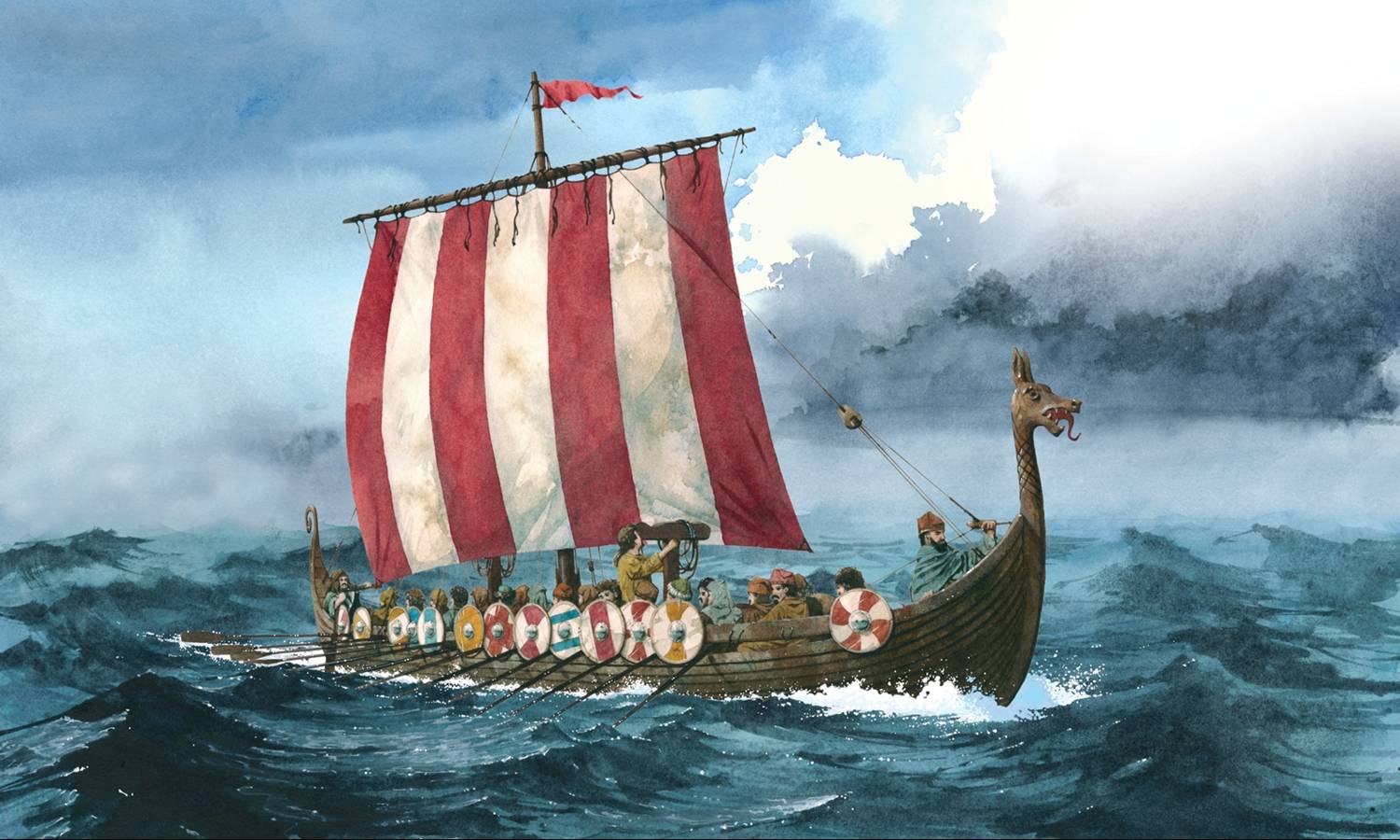
Realising where the evidence comes from and then evaluating it
